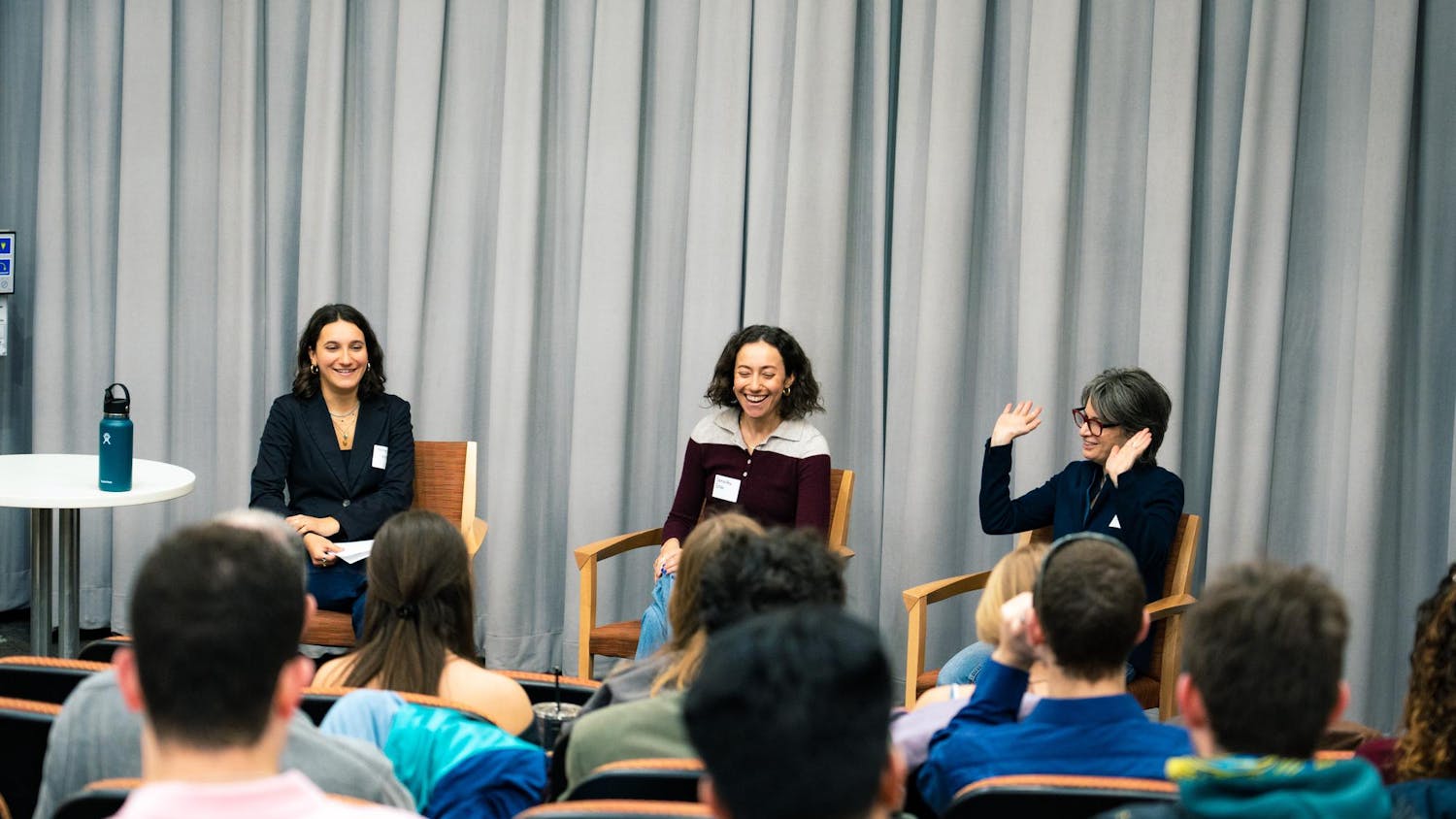In a widespread effort to increase the use of new media forms, the video sharing website YouTube is being used by a wider variety of organizations in the Tufts community than ever before. Tufts University Television (TUTV) premiered their latest web-series Jules and Monty on YouTube last month, while an Experimental College (ExCollege) course this semester titled YouTube: Business and Creative Success has specifically geared its curriculum toward the use of the social media website. Additionally, Tufts Community Union presidential candidates reached out to potential voters with campaign videos posted on YouTube last year.
With more than one billion distinct users visiting per month, YouTube has found a unique niche in the landscape of modern media. YouTubes accessibility, combined with its ease of navigation and widespread use, has allowed the Tufts students to explore video production both creatively and academically.
YouTube, as a system, is a great equalizer, Kyle Shurtleff, instructor of YouTube: Business and Creative Success, said. The fact that it is completely free to use for both consumers and creators is a great benefit to anyone just starting or very well established.
A senior engineering psychology major with over 85,000 subscribers to his YouTube channel, Shurtleff designed his course in an effort to motivate and teach others who might not otherwise have the opportunity to use YouTube as a creative medium. Shurtleff has published over 250 gaming videos on his YouTube channel with a combined total view count of over 10 million.
His course aims to provide the tools necessary for achieving YouTube success by encouraging students to be creative with a medium that they may not know how to use effectively. Shurtleff described some of the aspects on which his course seeks to focus.
One of the things I like about YouTube is the fact that it incorporates lots of skills beyond just pure video making, he said. Theres lots of marketing, promotional skills [and a lot] of recording, technical, [and] writing skills. The goal [of the course] is just to enable people to learn some of those [skills] and to up themselves when they otherwise might not.
Shurtleff also described some of the entrepreneurial and financial aspects of the course.
Compared to other forms of media ... [YouTube is] very easy to monetize, [and] starting to make even a small income from it is as easy as checking a couple boxes, he said.
Shurtleff emphasized how YouTube allows users full control over the creative process, a freedom not common in many other kinds of social media.
This creative freedom has also been captured by TUTVs latest web-series Jules and Monty, a modern adaptation of Shakespeares Romeo and Juliet (1597). The show is the brainchild of sophomores Imogen Browder and Ed Rosini.
We all know the stories of Romeo and Juliet, Hamlet (1603) and [A] Midsummer [Nights Dream] (1605). I want to see how artists can take those well-known stories and breathe new life into them, sophomore Evelyn Reidy, the shows artistic director, said.
Identified by TUTV as the groups medium of choice, YouTube gives the shows creators the platform to recreate these works with TUTVs own spin for a huge audience.
I think [YouTube is] extremely effective because [it] is something that everyone uses and everyones used to, sophomore Claire Brodie, Jules and Monty assistant cinematic director, said. I think its the easiest way for reaching people without spending any sort of money. So TUTV actually used to have channel that would be broadcast over campus and that stopped, I believe, in the 90s. YouTube [however] is good because its really easy to share.
Reidy discussed the goals of TUTVs newest show, which has been posted in a serialized episode format on the groups YouTube channel. Episodes range from about five to eight minutes long, and feature several Tufts students.
I hope that Jules and Monty has a two-fold purpose to provide the Tufts community with original, engaging content and to show Tufts what our artistic communities are capable of producing, Reidy said. I think the series really showcases how impressive an all student-made production can be, both from an acting and technical standpoint.
With only seven episodes released and view counts for many episodes reaching more than 1500, students and the public appear to have significant interest in TUTVs latest large-scale production. According to Brodie, broadcasting via YouTube and regularly promoting the show on Facebook has made the dissemination of the show to an audience easy and effective.
Shurtleff pointed to the various uses of YouTube around campus, from promotional videos produced by the Tufts Undergraduate Admissions Department to educational and tutorial videos used by professors in the classroom. Tufts admissions applicants even have the choice to submit a video as their optional supplement, and many students have taken advantage as an opportunity to show their creative sides. The beauty of YouTube is that anyone can do the same, according to Shurtleff.12





